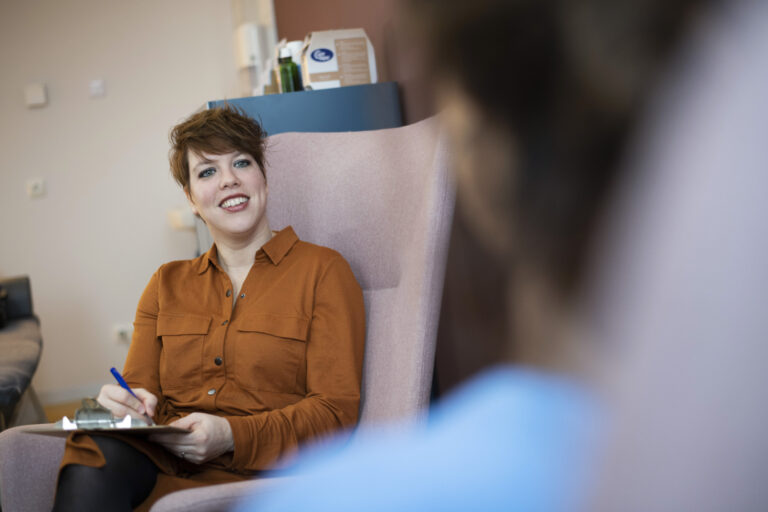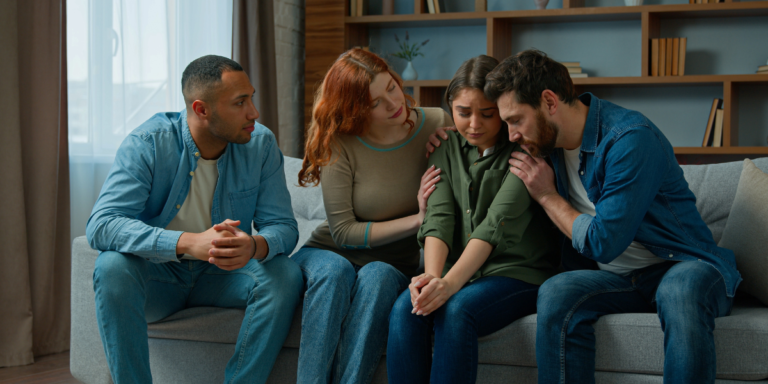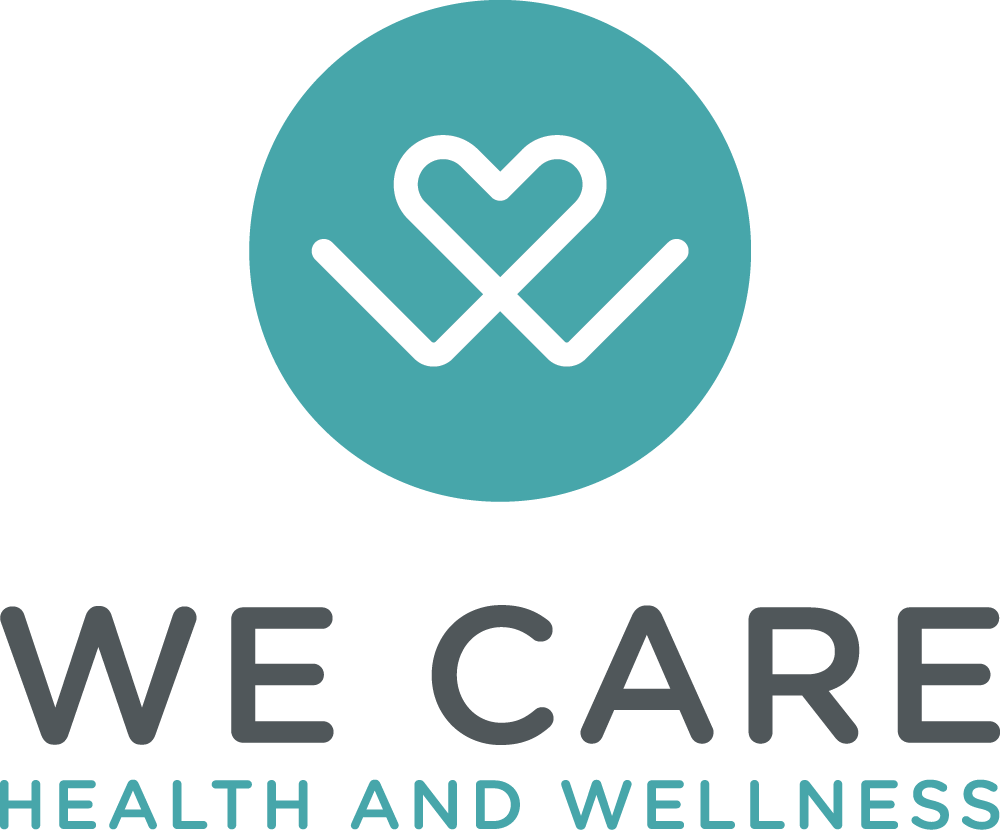Art therapy is a powerful tool. It offers a unique pathway for healing, particularly in addiction recovery.
This form of therapy uses creative activities like painting. These activities provide a non-verbal outlet for complex emotions, reducing stress and anxiety.
Art therapy is not just about creating art. It’s about using the process of creation to explore oneself, process feelings, and build self-esteem.
In this article, we delve into how painting and creativity support addiction recovery. We’ll explore the benefits of therapeutic art and how it can be integrated into recovery programs.
The Power of Creative Healing in Addiction Recovery
Creative healing taps into the transformative power of art. For those in addiction recovery, it provides a vital outlet.
Art therapy can offer a fresh perspective on addiction. It allows individuals to explore emotions they might struggle to verbalize.
Creative activities like painting guide people in recognizing patterns. This recognition can lead to insights about the root causes of their addiction.
Importantly, art therapy fosters a deeper understanding of oneself. This self-knowledge is key in the journey to recovery, paving the way for change.
Art Therapy: A Pathway to Emotional Expression
Art therapy opens a world of emotional expression. Through painting, individuals can convey feelings they can’t quite articulate.
This form of therapy encourages self-reflection and growth. It allows individuals to explore their identities and uncover hidden emotions.
During art sessions, people tap into their subconscious. This can lead to profound insights about their behaviors and feelings.
Moreover, art therapy provides a safe space for this exploration. This sense of safety is crucial for healing and building trust in oneself.
Reducing Stress and Anxiety Through Artistic Creation
Engaging in art can significantly lower stress levels. It offers a peaceful escape from daily pressures and overwhelming worries.
Creative activities like painting distract the mind from anxiety. They provide an outlet for tension and foster relaxation.
As stress diminishes, clarity often emerges. This clearer mindset can help individuals focus on recovery and maintain a positive outlook on their journey.
Building Self-Esteem and Mindfulness with Paint and Canvas
Creating art nurtures a sense of achievement. Completing a piece can boost self-esteem and confidence in personal abilities.
Painting requires focus on the present moment. This practice helps cultivate mindfulness, which is crucial in managing addiction triggers.
By staying present, individuals can recognize patterns in their thoughts. This awareness aids in developing healthier responses to challenges and improves emotional regulation.
The Role of Art in Developing Emotional Regulation and Preventing Relapse
Art encourages self-exploration, helping people identify and understand their emotions. This self-awareness is crucial for developing emotional regulation skills.
By expressing emotions through art, individuals learn to process their feelings in a constructive way. This reduces the risk of relapse caused by unaddressed emotional triggers.
Integrating art into recovery allows for continuous personal growth. This ongoing development supports long-term sobriety and reinforces healthy emotional management.
Art Therapy: Accessible and Adaptable for Everyone
Art therapy welcomes everyone, regardless of skill or background. This inclusivity makes it an inviting option for many.
Sessions can be tailored to meet individual needs. This personalization ensures that each person can express themselves freely, promoting healing.
Art can fit into any schedule, making it easy to incorporate into daily life. This flexibility supports long-term recovery.
Embracing Art as a Lifelong Companion in Recovery
Art offers more than just a creative outlet. It can be a lifelong companion in the recovery journey, providing ongoing support.
By incorporating art into daily life, individuals in recovery can enjoy sustained benefits. This commitment can promote a healthy lifestyle.
As a flexible and expressive tool, art therapy can evolve with an individual. This adaptability ensures continuous growth and healing.





